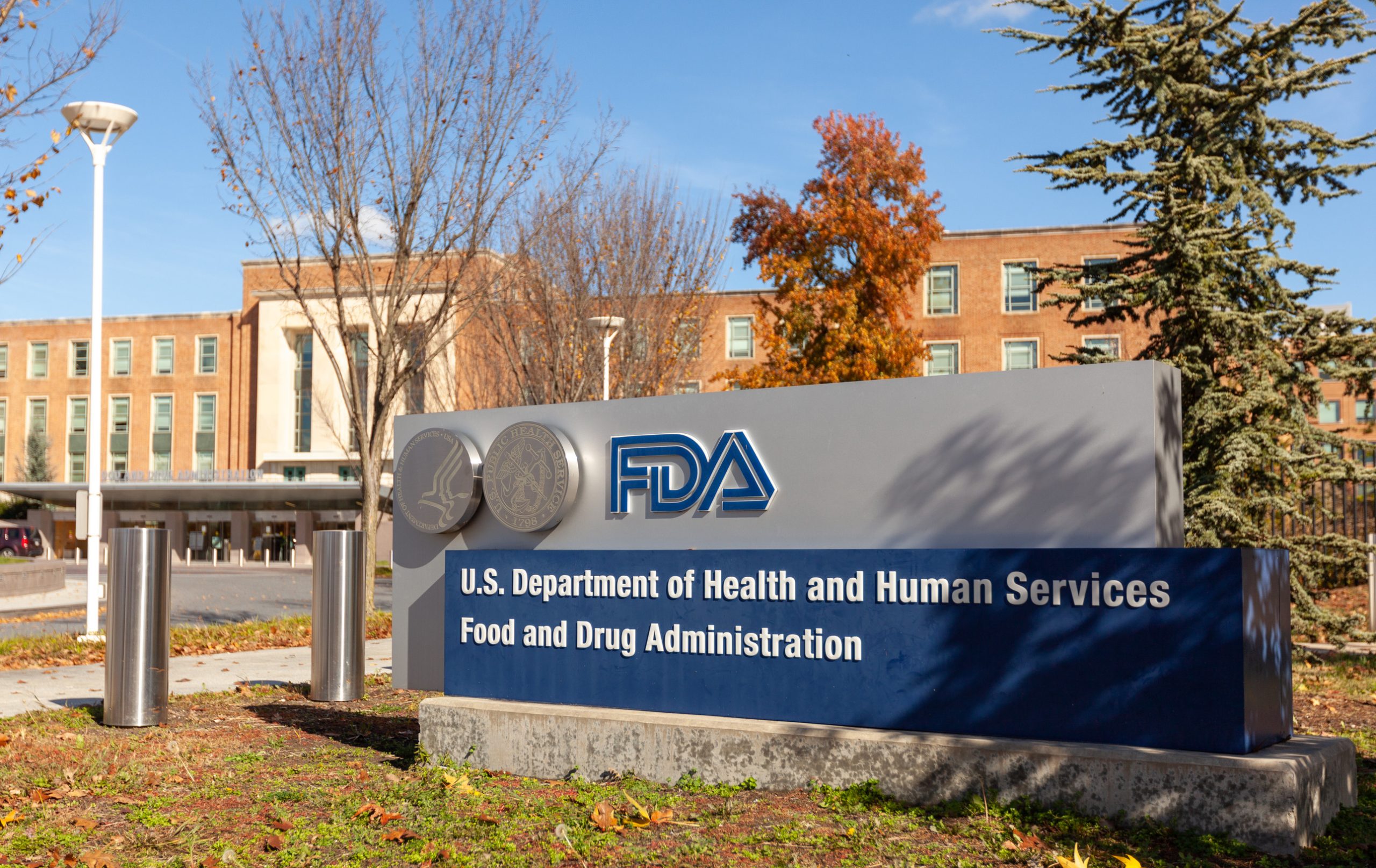
The Food and Drug Administration has long stood as one of the most influential regulators in the United States, wielding enormous power over what people eat, drink, and use for medicine. Yet beneath the surface of modern scientific breakthroughs and ever-evolving technology lies a startling reality: some of the policies that dictate the safety of everyday products are older than the first home computer. The 1970s were a time of bell-bottoms, disco, and rotary phones, but remarkably, a handful of FDA rules from that era remain unchanged, untouched by decades of research and shifting public health priorities.
This lingering regulatory time warp affects everything from food additives to medical devices, quietly shaping consumer health without most people ever realizing it. Exploring these outdated policies reveals how yesterday’s science still dictates today’s safety standards in ways that can seem almost surreal in the twenty-first century.
1. The GRAS Loophole
The “Generally Recognized As Safe” (GRAS) loophole has existed in its current form since 1977, when the FDA first allowed food companies to decide for themselves if a new additive was safe. Companies can hire their own experts, submit their own data, and skip the formal FDA approval process altogether. While this once made sense for common ingredients like vinegar or salt, it now applies to thousands of chemical additives that never face independent scrutiny. Critics have warned for decades that this self-policing system leaves consumers vulnerable to hidden risks. Despite repeated calls for reform, the GRAS framework has never been fully updated to match modern scientific rigor.
2. Outdated Color Additive Standards
The bright colors seen in candies, sodas, and processed snacks are often thanks to synthetic dyes approved by the FDA under standards written in the early 1970s. These rules still allow dyes like Red 40 and Yellow 5, which have faced controversy for potential links to hyperactivity and other health concerns. Europe and other regions have tightened regulations or required warning labels, but in the United States, the old color additive standards remain intact. Many health advocates argue that these standards fail to reflect current research about long-term exposure and vulnerable populations like children. The vibrant colors lining supermarket shelves are made possible by a policy frozen in time.
3. The Definition of “Natural Flavors”
Consumers shopping for foods labeled with “natural flavors” might be surprised to learn that the definition behind this term has barely changed since the FDA defined it in the 1970s. The term covers a vast range of additives derived from plant or animal sources, but the production process can include solvents, preservatives, and other chemicals. Companies are not required to disclose exactly what these “natural” ingredients contain, leaving consumers in the dark. While expectations about transparency have grown, the legal definition has stood still for nearly half a century. In practice, what counts as “natural” today may be far removed from what most shoppers imagine.
4. Medical Device Classification System
The system the FDA uses to classify medical devices into three risk-based categories dates back to the Medical Device Amendments of 1976. Many devices on the market today, from surgical tools to diagnostic equipment, are still cleared based on these original classifications. Advances in technology have introduced devices that didn’t even exist when the law was written, creating confusion about how to regulate them safely. Some experts argue the outdated framework allows risky devices to enter the market with minimal testing. Despite growing calls for modernization, the fundamental classification system remains rooted in the 1970s.

5. Sodium Daily Value Recommendations
The FDA’s daily value for sodium intake, which appears on nutrition labels across the country, is another relic from the late 1970s. Back then, average sodium consumption was lower, processed foods were less prevalent, and understanding of salt’s link to heart disease was still developing. Today, most Americans consume far more sodium than is recommended, yet the official daily value has not been revised to reflect new dietary patterns and public health goals. Health organizations frequently urge lower sodium targets to combat hypertension and related diseases. Nonetheless, this key benchmark continues to shape food labeling without reflecting modern nutritional science.
6. Cosmetic Ingredient Oversight
When the FDA set its framework for regulating cosmetic ingredients in the 1970s, the beauty industry looked very different. At the time, only a handful of chemicals were used widely in makeup and personal care products. Today’s shelves are stocked with thousands of complex formulations, from anti-aging serums to chemical sunscreens, yet the oversight structure remains essentially the same. Unlike drugs or food additives, most cosmetic ingredients can still enter the market without pre-market safety testing or routine review. This outdated approach leaves consumers reliant on manufacturers to police themselves.
A Glimpse into the Past—Still Shaping the Present
The FDA has overseen incredible leaps in science, medicine, and food safety, but some parts of its regulatory foundation have remained stubbornly stuck in a bygone era. These old policies were crafted with the best intentions at the time, yet they persist even as new evidence challenges their adequacy. Whether it’s the hidden ingredients in a snack or the dyes in a child’s candy, the fingerprints of the 1970s still touch daily life in ways few people realize.
As calls for reform grow louder, these outdated rules stand as reminders that progress sometimes means more than innovation—it means rethinking the past. You are now invited to share your thoughts on which of these policies surprises you most and what modern updates you believe are long overdue.
Read More
9 Productivity Hacks That Are Actually Workplace Compliance Tools
7 Ways American Schools Are Breaking Federal Guidelines
The post 6 FDA Policies That Have Never Been Updated Since the ’70s appeared first on Everybody Loves Your Money.







